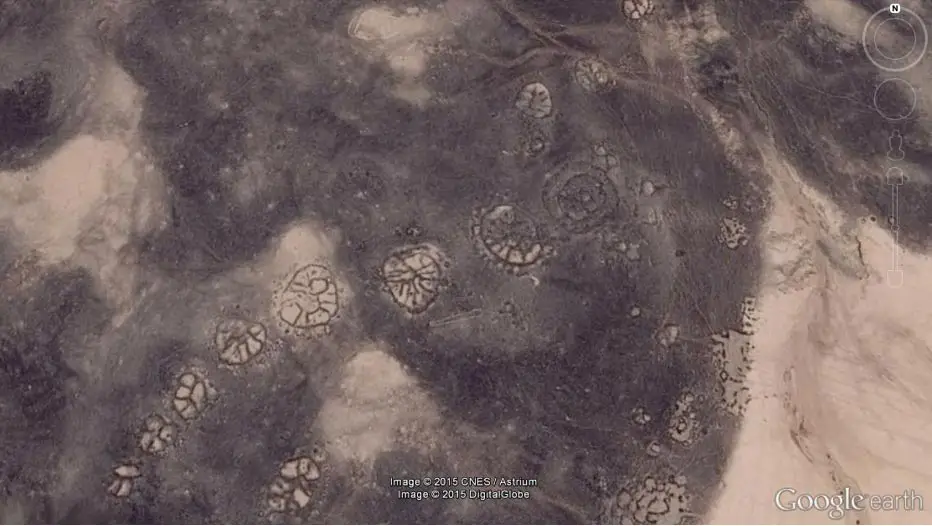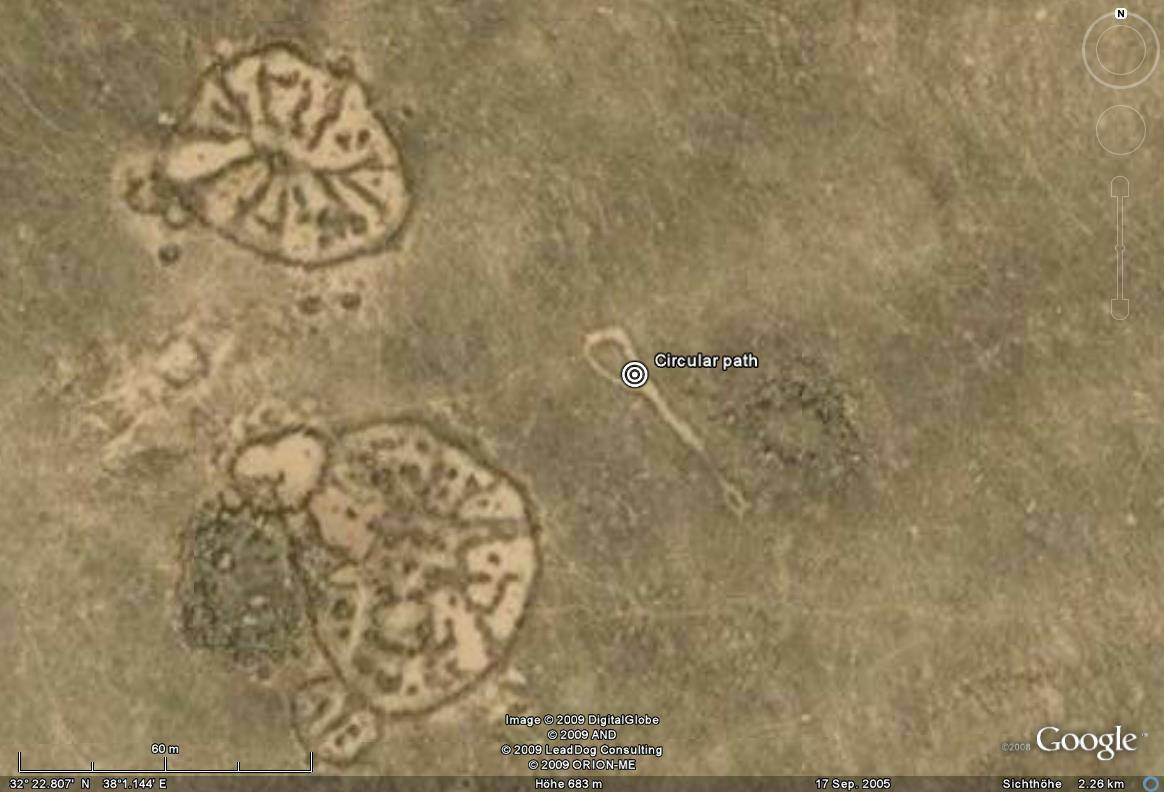Ancient History
These Mysterious Geoglyphs in Jordan Are 6,000 Years Older Than Peru’s Nazca Lines

Peru’s Nazca Lines undoubtedly belong to the category of the world’s most famous unsolved mysteries. It is estimated that these giant geoglyphs, first discovered in the Peruvian desert in 1935, were carved between 2,000 and 1,500 years ago. However, it’s still unclear who and for what purpose created them. Some people even think that the Nazca lines were built as a landing strip for extraterrestrial visitors while a more realistic version suggests they served as a celestial calendar.
It seems that a new discovery adds to the mystery of the ancient ground drawings, revealing that geoglyphs in the Middle East are much older than the Nazca lines.
The Middle East lines
The Middle East lines were first spotted during World War One when Royal Air Force lieutenant Percy Maitland was flying over Jordan. He then described them in a publication in the journal Antiquity, in 1927, where he wrote that the locals referred to the ground structures as ‘works of the old men’.
Now, an archaeological team studied two wheel-shaped designs at Wadi Wisad, located in the Black Desert of Jordan. The scientists believe that the geoglyphs could actually be as old as 8,500 years, which makes them 6,000 years older than the Nazca lines.

Two wheel-shaped geoglyphs at Wadi Wisad, Jordan
The designs
Except for wheel shapes, the designs also include ‘pendants,’ ‘meandering walls’ and ‘kites.’ Their size ranges between tens of meters and several kilometers, which means they can be seen only from the air, just like the Nazca lines.
The geoglyphs “occur throughout the entire Arabia region, from Syria across Jordan and Saudi Arabia to Yemen. The most startling thing about the ‘Works’ is that they are difficult to identify from the ground. This stands in contrast to their apparent visibility from the air,” the researchers wrote in the Journal of Archaeological Science.
The age
Thanks to a technique called optically stimulated luminescence (OSL), an approximate age of the two geoglyphs at Wadi Wisad was determined. It turned out that both wheels were carved about 8,500 years ago while one of them was also repaired or remodeled 5,500 years ago.
In this prehistoric period, the climate in the Black Desert was more humid and hospitable, so the scientists also believe that the Wadi Wisad site was once inhabited. In fact, there is some evidence supporting this idea:
“Charcoal from deciduous oak and tamarisk [a shrub] were recovered from two hearths in one building dated to ca. 6,500 B.C.,” wrote the research team.
Why were the Middle East lines built?
What about the reason why these mysterious geoglyphs were built? Spatial analysis showed that a cluster of geoglyphs located in the Azraq Oasis had been built in alignment with sunrise on the winter solstice, so it is probable that the ancient people used these structures for astronomical purposes.
However, the Azraq Oasis lines are the only geoglyphs that were built in accordance with the position of celestial bodies. What about the other ones? Scientists believe that different ground drawings were intended for different uses. For example, the geoglyphs at Wadi Wisad contain cairns, which suggests they could have served as burial grounds.
“The presence of cairns suggests some association with burials, since that is often the way of treating people once they died,” Gary Rollefson, co-director of the Eastern Badia Archaeological Project, told DailyMail.
Image credit: Google
In any case, there is no obvious reason why the ancient people built sculptures that were only visible from the sky. Just like the Nazca lines, the geoglyphs in the Black Desert will probably puzzle scientific minds for a long time.
Typos, corrections and/or news tips? Email us at Contact@TheMindUnleashed.com
